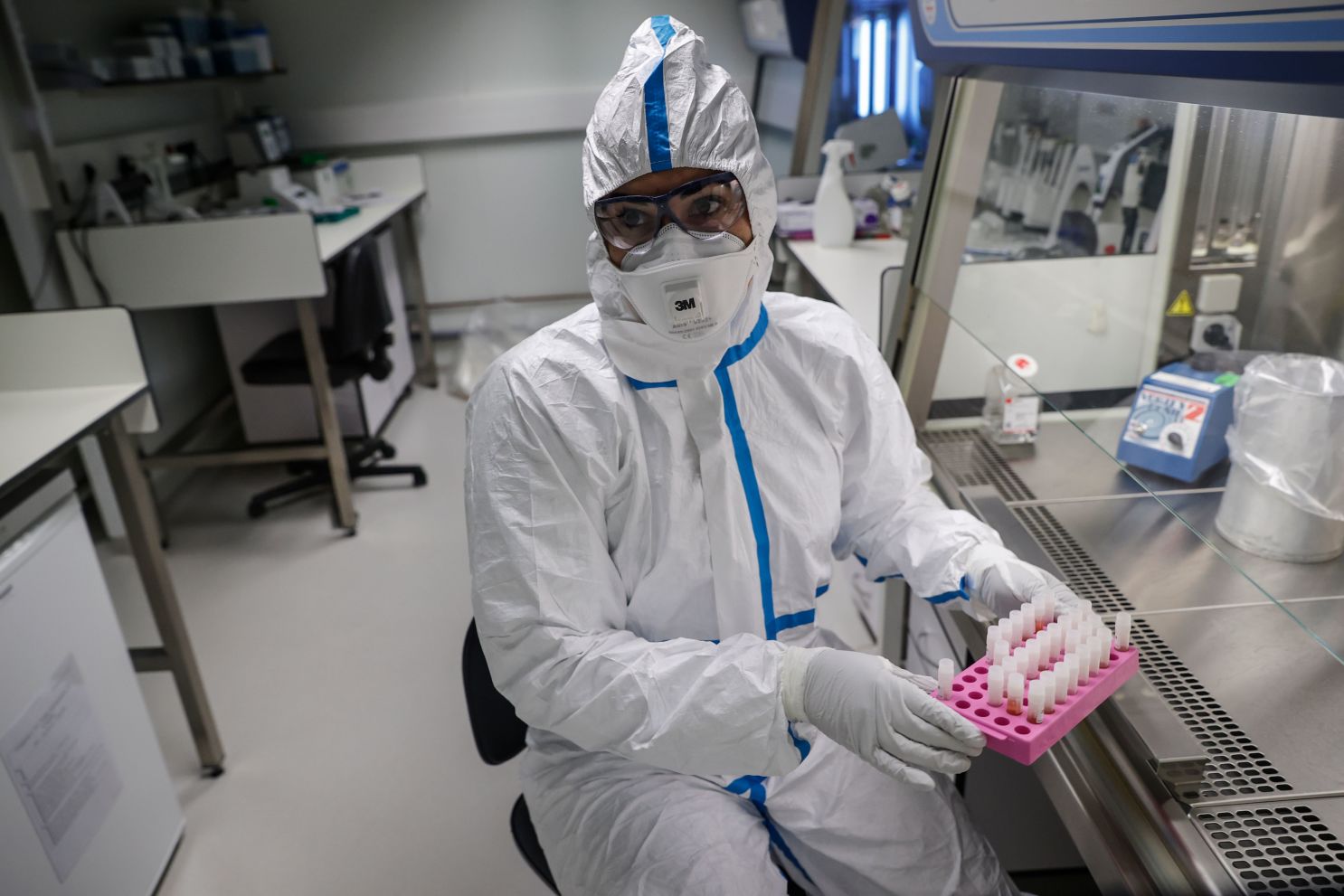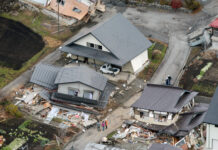NEW YORK: While several theories circulating on social media about new coronavirus (COVID-19) being a lab-designed bio-weapon, researchers have developed a tool can assess if a disease outbreak is of the unnatural origin or not.
There are concerns about whether new coronavirus mutated from a virus already prevalent in humans or animals or did it originate in a laboratory. As scientists grapple with understanding the source of this rapidly spreading virus, the Grunow-Finke assessment tool (GFT), developed by Virginia-based Society for Risk Analysis, may assist them with determining whether the coronavirus outbreak is of natural or unnatural origins.
“Unless the question of origin is asked, unnatural outbreaks cannot be identified. Public health training, practice and culture defaults to the assumption that every outbreak is natural in origin and does not routinely include risk assessments for unnatural origins,” said the study published in the journal Risk Analysis.
The mGFT contains 11 criteria for determining if an outbreak is of unnatural origin, including existence of a biological risk — the presence of a political or terrorist environment from which a biological attack could originate.
If the tool reveals a score of less than 30 points, out of 60 possible points, then the outbreak is of natural cause. “In unnatural outbreaks, the strains may be atypical, rare, antiquated, new emerging, with mutations or different origins, genetically edited created by synthetic biotechnology,” the study detailed.
“It may demonstrate increased virulence, unusual environmental sustainability, resistance to prophylactic and therapeutic measures, or difficulty in detection and identification”.
It cannot be ruled out that a biological agent has been genetically manipulated.
“Peculiarities of the geographic distribution of disease is important as it is unusual from an epidemiological perspective, if the disease, is identified in a region concerned for the first time ever or again after a long period of time,’ the authors wrote.
If a biological agent is released artificially, we can expect to find it in unusually high concentrations in the air, soil, and drinking or surface water over a large area.
“In general, natural epidemics will feature paths of transmission which are typical for the pathogen and its natural hosts, deviations from the natural paths of infection could indicate that biological agents have been deliberately disseminated,” the study noted.
Epidemics of certain infectious diseases occur in increased numbers during certain seasons, either because they are dependent on the weather, or they occur after certain intervals in time.
According to the study, the speed at which some epidemic spreads is determined by the virulence, resistance and concentration of the pathogen, the contagiousness of the disease and the intensity of the transmission process, and on the susceptibility and disposition of the exposed population.
Another criterion is the limitation of the epidemic to a specific population.
“Biological attacks can be directed against large heterogeneous population groups and military contingents or against selected target groups”.
The authors said that “any suspicious circumstances identified prior to the outbreak, during the period of outbreak or post-outbreak, would point to an unnatural outbreak”







